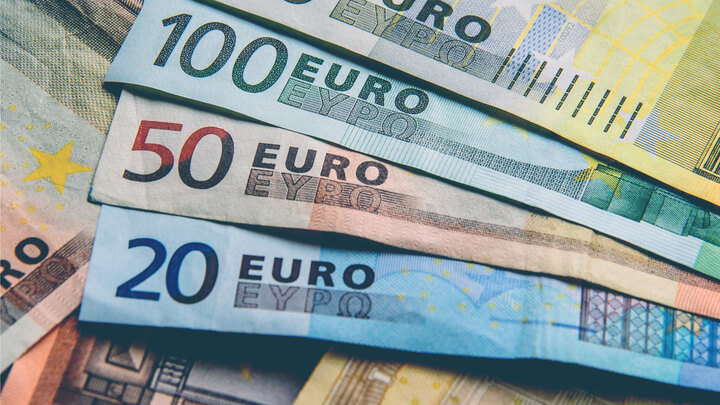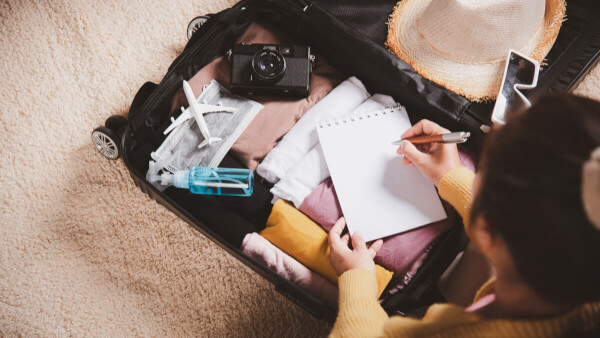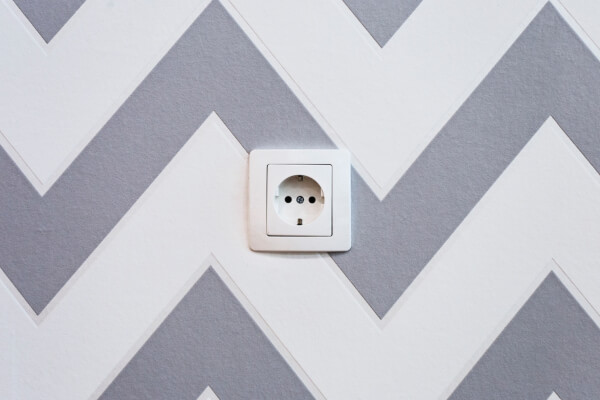Driving in Italy as an American: full guide
Everything you need to know about driving in Italy as an American

Italy has an astonishingly rich culture. Great food, stunning art, proud history and cutting-edge fashion - it’s no wonder that Italy is the fifth-most visited country on the planet with nearly 50 million visitors a year.
Whatever you're looking for, Italy has it. Couture, cuisine, culture, cities and countryside. Plunge into Italy’s rich history or get swept along by the hectic and cosmopolitan pace of the vibrant cities. You know you want to.
This guide gives an overview of the currency and banking system in Italy, so you can easily get your hands on the cash you need for your trip.
Italy has been a member of the Eurozone since way back in when it was launched 1999. Other currencies aren’t widely accepted in Italy, and even if you find somewhere that accepts a different currency, the exchange rates applied are sure to be poor.
| Item | Description |
|---|---|
| Euro Symbols | EUR, € |
| 1 EUR | One euro is made up of 100 cents. |
| EUR coins | Coins are available in denominations of 1, 2, 5, 10, 20, and 50 cents, as well as €1 and €2. |
| EUR banknotes | Commonly used notes are 5, 10, 20 and 50 Euro denominations. Although €100, €200 and €500 notes are also available, they won’t be accepted by many businesses. |
Coins feature a standard image on one side with the second side bearing a design related to the country of issue. Don't worry if you have coins of similar denominations that look quite different from one another. Current euro coins and notes are accepted in anywhere in the Eurozone, regardless of the country of issue.
The Italian-issued euro coins feature images of famous Italian architectural landmarks, such as the Colosseum in Rome and art masterpieces like Da Vinci’s Vitruvian man.
If you don't have any euros in your pocket when you arrive, you can exchange some easily in the major airports or at your hotel. However, as the rates in both places are unlikely to be great, you might be better to exchange only what you need immediately - and then shop around in the town for a better deal.
However, keep in mind that popular tourist spots in Italy often offer poor exchange rates, as well. Around the most well-visited landmarks, you’ll find many exchange bureaus. However, because of the captive market, the deals aren’t always great. There are also well-circulated horror stories of exchange desks adding in high and hidden fees for simple transactions. If you're going to be spending time predominantly in the popular tourist haunts, you might find a better deal if you buy your euros before you travel, or use an ATM to withdraw cash when you arrive
Wherever you're changing your cash, watch out for those hidden fees. Some online stories suggest that exchange bureaus advertise a reasonable commission, but actually apply a higher rate to smaller transactions (a detail which is likely written into the very small print, no doubt).
Even if an exchange claims ‘Zero Commission’, they will be taking a cut somewhere. It’s normal for exchange services to add in their profit into the poorer exchange rate that they offer you.
To guard against false promises, make sure you understand the mid-market rate for the currency you want to exchange. This is the only real exchange rate, and should be used as a benchmark to compare the offered tourist exchange rates.
Rates change all the time, but you can always find out the live mid-market rate by using a currency converter online so you can tell whether or not a deal is fair. The difference between the mid-market and the rate you're offered is the profit margin applied by the exchange service.
Finally, if you are going to exchange hard cash during your travels, make sure that any bills you take with you are in good condition. Any damaged or defaced banknotes are likely to be rejected by the exchange service.
Traveller’s Checks aren’t commonly used in Italy. They aren’t accepted as direct payment, so if you have them, you’ll need to exchange them at a bank or currency exchange service. As most banks won’t exchange Traveller’s Checks if you don’t already hold an account with them, this leaves a very limited choice.
The fees and rates applied by exchange services make Traveller’s Checks a very costly and inconvenient option. If you're headed for Italy, think about using your debit/credit cards for payment and use an ATM withdrawal to get your cash, instead.
All major credit and debit cards are accepted in Italy. Usually, shops and restaurants display a sign on the door to show which cards they take, but ask at the establishment first if you have any concerns.
Smaller businesses might not accept card payments, so carry some cash just in case. Alternatively you can use the ATM locators in the next section to find a nearby bank machine if you run into a problem.
It's also worth telling your bank you're travelling, too. Often, anti-fraud software blocks a credit/debit card when the system detects use outside of your home country. Simply letting your bank know you're going to be away from home before you travel can resolve the issue before it happens.
One thing you should be aware of if you use a credit or debit card abroad, is something called Dynamic Currency Conversion (DCC). How it works is that when you pay, you might be asked if you want to be charged in your home currency. While that sounds nice and easier to understand, it means that the exchange rate applied is chosen by the retailer's bank. As a general rule, this won't be as good as the rate your own bank would give you (after all, it's in your bank’s interest to keep you happy).
Instead, always opt to pay in the local currency to make sure you get the best deal.
ATMs are easy to find in Italy. Try one of the locator tools below to find ATMs in your network.
Visa ATM locator
MasterCard ATM locator
Amex ATM locator
DCC (discussed in the previous section) can also be applied to ATM cash withdrawals. You might be asked if you want your withdrawal to be charged in your home currency. If this happens, always select to be charged in local currency or you'll be hit by a poor exchange rate, pushing up the costs of your trip.
It's worth checking what fees your home bank applies to cash withdrawals abroad, too. Often, you’ll find a charge applied by your home bank and another from the bank who operates the ATM. However, despite this, it’s still generally a more economical option because the exchange rates are usually better than those available at ‘walk in’ exchange services.
Italy has a sophisticated banking system with global giant UniCredit taking a large slice of the Italian market. Like much of Italy, the banking system is steeped in history, with the Banca Monte Dei Paschi di Siena being the oldest surviving bank in the world. It’s been in continuous operation since the 15th Century. Beat that.
If you’re going to Italy then ask your home bank if they work in partnership with any Italian banks (or have branches of their own there). If they do, you could get access to free cash withdrawals from ATMs in the same network as your home bank.
These are some of the most common retail banks in Italy:
Alternatively, for simple access to your money abroad - and an even better deal - send money online with Wise.
If you have a bank account in Italy, or know someone who does, you can send money to Italy using the real mid-market exchange rate. It's a quick and convenient way to get your Euro cash, with no hidden fees. See if you can get a better deal with Wise.
*Please see terms of use and product availability for your region or visit Wise fees and pricing for the most up to date pricing and fee information.
This publication is provided for general information purposes and does not constitute legal, tax or other professional advice from Wise Payments Limited or its subsidiaries and its affiliates, and it is not intended as a substitute for obtaining advice from a financial advisor or any other professional.
We make no representations, warranties or guarantees, whether expressed or implied, that the content in the publication is accurate, complete or up to date.

Everything you need to know about driving in Italy as an American

Everything you need to know about wine tasting in Tuscan wineries.

In this article, find your Italy packing list essentials. Discover must-haves for a seamless journey to make the most of your trip.

Headed for a gastronomic experience in Italy? Find out how to eat like a local in this handy guide.

We cover all you wanted to know about electricity and power adapters for Italy. You'll also learn about plugs and power converters. Read on.

While credit cards are becoming more widely accepted, Italy works mostly on cash. Many taxi drivers, tour guides and other service providers won’t accept...